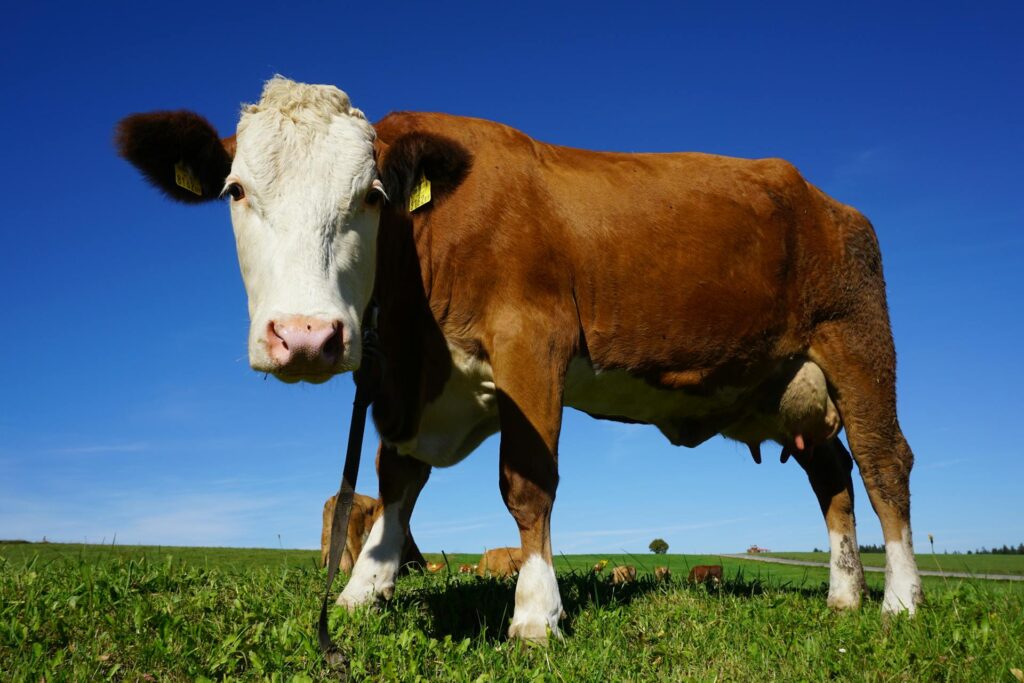The Importance of Cattle in Zimbabwe's Agriculture
Cattle farming is the backbone of Zimbabwe’s agriculture sector, playing a vital role in the country’s economy and food security. With a rich history dating back to the 19th century, cattle farming has been a cornerstone of Zimbabwean agriculture, providing employment, income, and sustenance for millions of people.
Zimbabwe boasts a significant cattle population, with over 5 million head of cattle, comprising various breeds such as the Mashona, Tswana, and Boran. These breeds are well-suited to the country’s diverse climate and geography, ranging from the fertile plains of Mashonaland to the arid regions of Matabeleland.

Cattle farming provides a source of income for many rural households, with farmers relying on cattle sales to support their livelihoods. The sector also contributes significantly to the national economy, generating revenue through beef exports and supporting downstream industries such as leather processing and dairy production.
In addition to their economic importance, cattle are used for draught power, providing much-needed labor for tillage and other farming activities. This is particularly significant in rural areas where access to mechanized farming equipment is limited.
To support the growth and development of the cattle sector, the government has implemented various initiatives aimed at improving cattle productivity. These include vaccination programs to protect against diseases such as foot-and-mouth and tick-borne illnesses, as well as breeding schemes to improve the quality of the national herd.
Despite facing numerous challenges, Zimbabwe’s cattle farmers remain resilient and committed to their craft. With continued support and investment, the sector is poised for growth and development, contributing to the country’s economic prosperity and food security.
